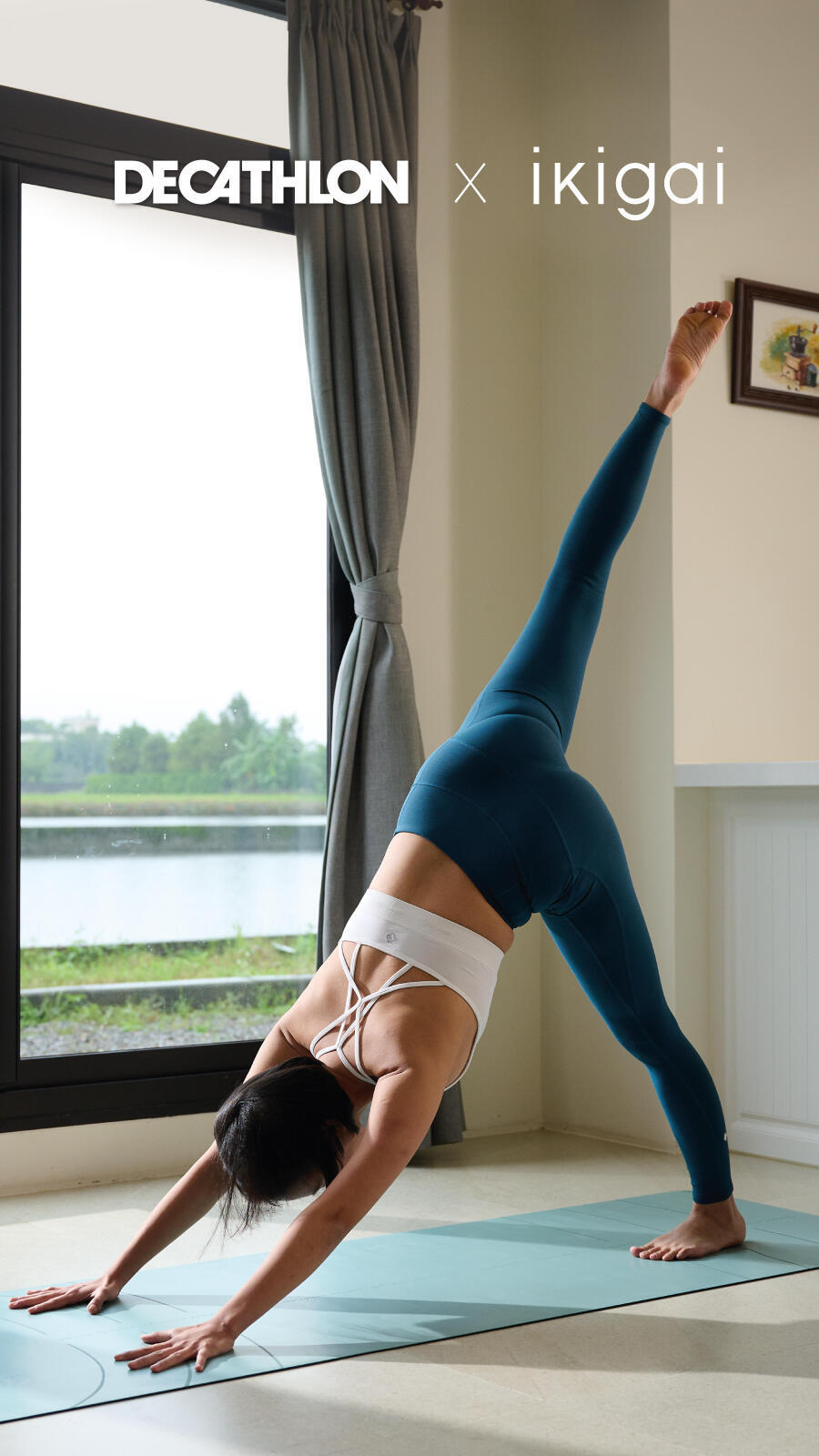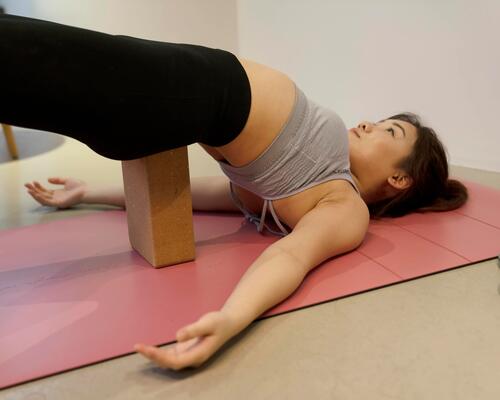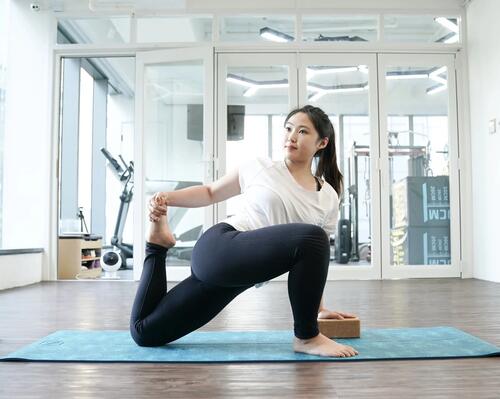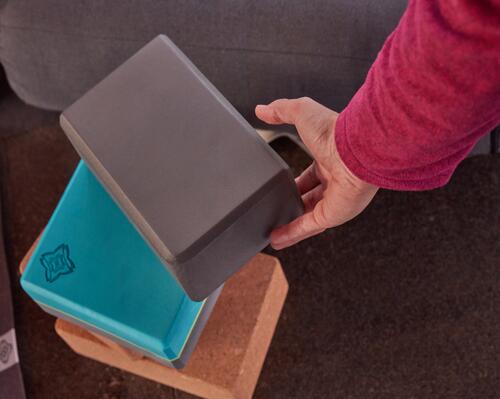Gentle or relaxing yogas
WHO ARE THEY FOR?
Gentle and relaxing yoga is suitable for anyone, of any age, for maintaining fitness and flexibility as you grow older! It is great for active youngsters or retirees looking for well-being activities, for mums who need space to breathe, or for people who have stopped doing sport but want to get back into it gently without risking injury.









